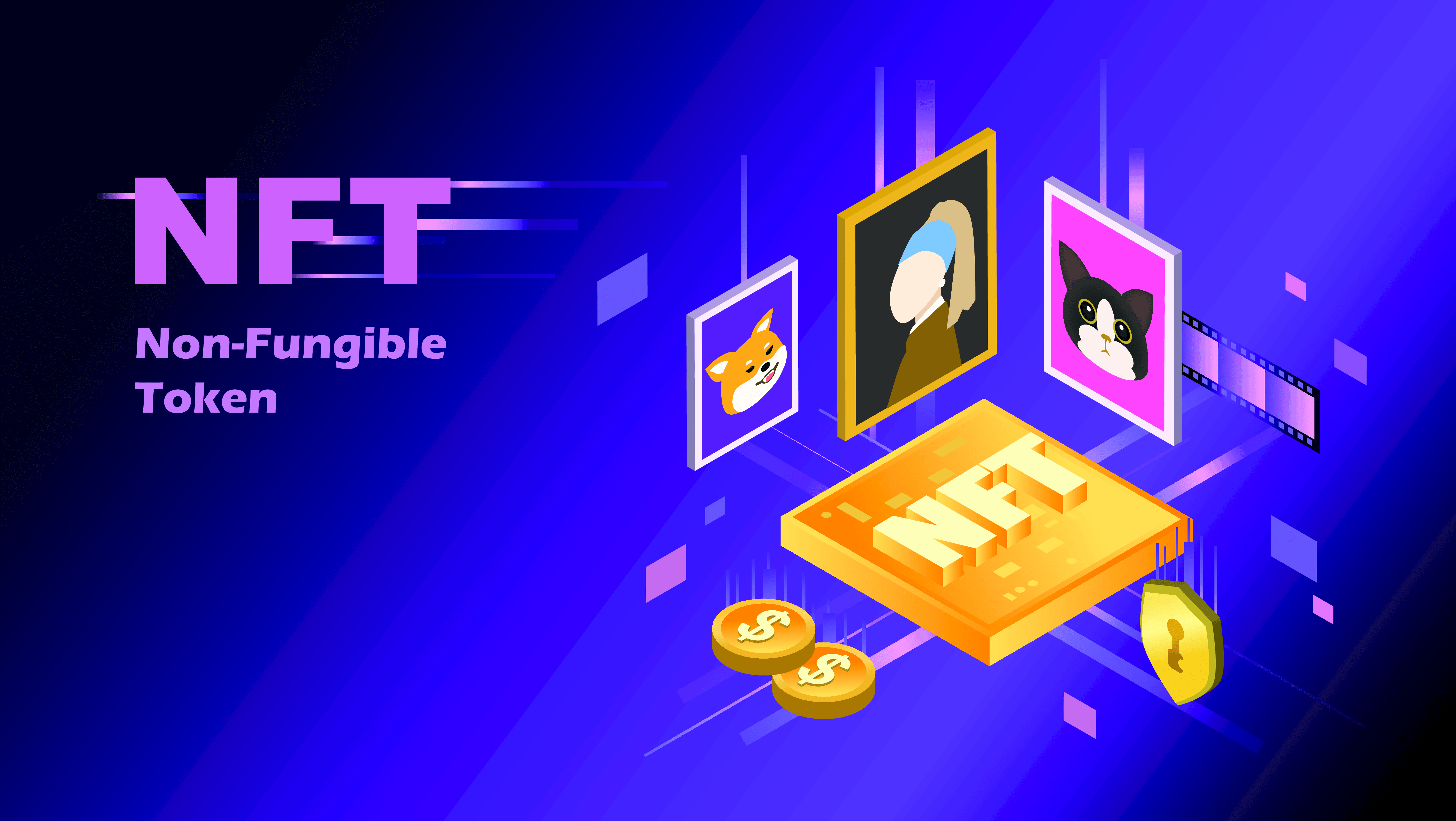Nowadays, everyone is hyped about NFTs. Most notably, some NFT prices are mind-blowing. Some see it as an investment opportunity. Others see it as a chance to make money. A few more are still baffled about what is going on with NFTs. The question is whether they are going to continue trending.
The ease with which Non-Fungible Token (NFT) platforms operate makes them appealing to digital art creators. It enables digital artists to sell their works directly to NFT investors without the need for galleries, auctions, and agencies. Furthermore, artists get paid directly into their blockchain wallets, eliminating the need for a ‘middleman’.
What Are NFTs?
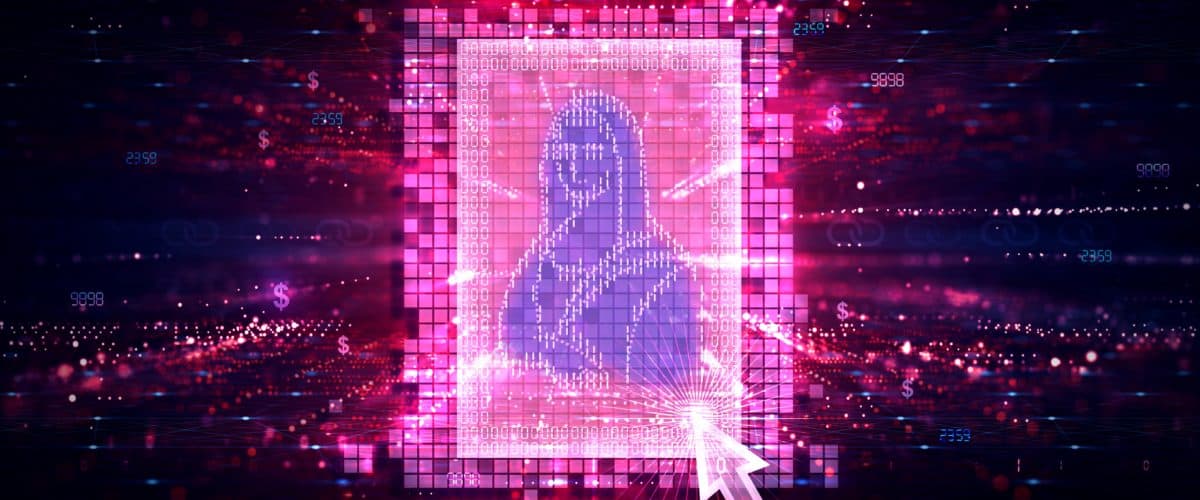
NFTs are blockchain assets that are representations of real-world objects such as digital artworks, music, videos, crypto-collectibles, and virtual game items. They are bought and sold online using cryptocurrencies on NFT websites. NFTs represent a single digital item in a way that cannot be duplicated or forged, therefore creating trust among buyers and sellers.
NFTs are designed in a similar manner to cryptocurrencies. However, an NFT cannot be exchanged for anything considered equivalent. There is also no way for them to make swaps with each other. There is only one version of an NFT, and it can only be sold or purchased. Every NFT is unique and has digital ownership rights that come with it upon purchase.
What Is So Special About NFTs?
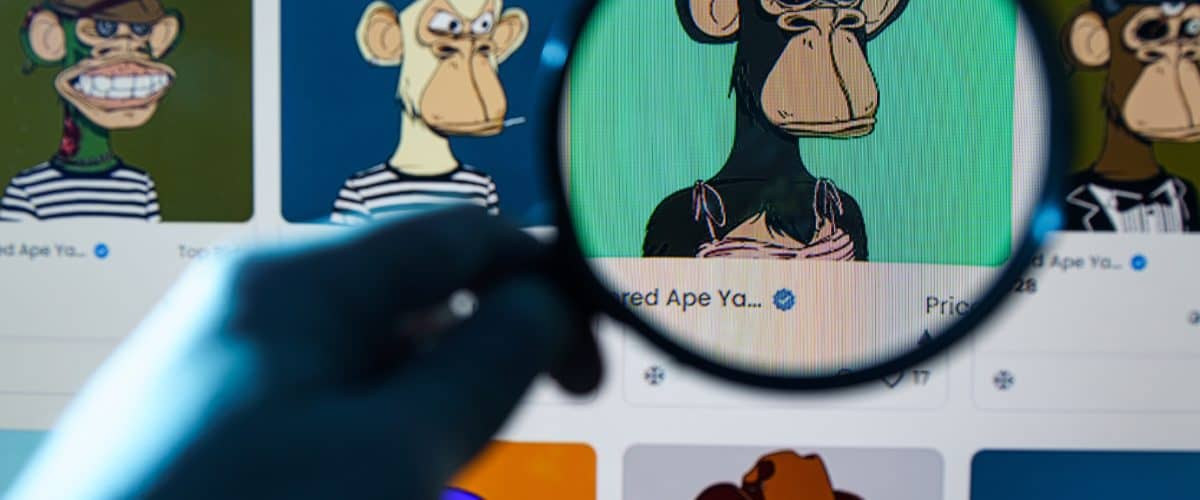
To be able to sell NFTs, a digital artist should have a blockchain wallet that is supported on an NFT website of his choice. Apart from that, the artist should create an account on an NFT website so they can easily present their work while waiting for NFT investors to buy their pieces.
NFTs are not just a digital representation of artwork; they are unique digital representations of physical objects with physical scarcity and ownership rights. This is what is creating the whole excitement about creating more NFTs and owning them. At this point, in the digital world, NFTs are considered assets, digital assets.
The blockchain technology used by NFT websites ensures the ownership and transfer of tokens among owners and buyers. The blockchain has a public verification system, through a distributed ledger, in order to grant exclusive ownership rights to NFT investors. As a result, an NFT can only have one owner at a time.
Trends in the NFT Market
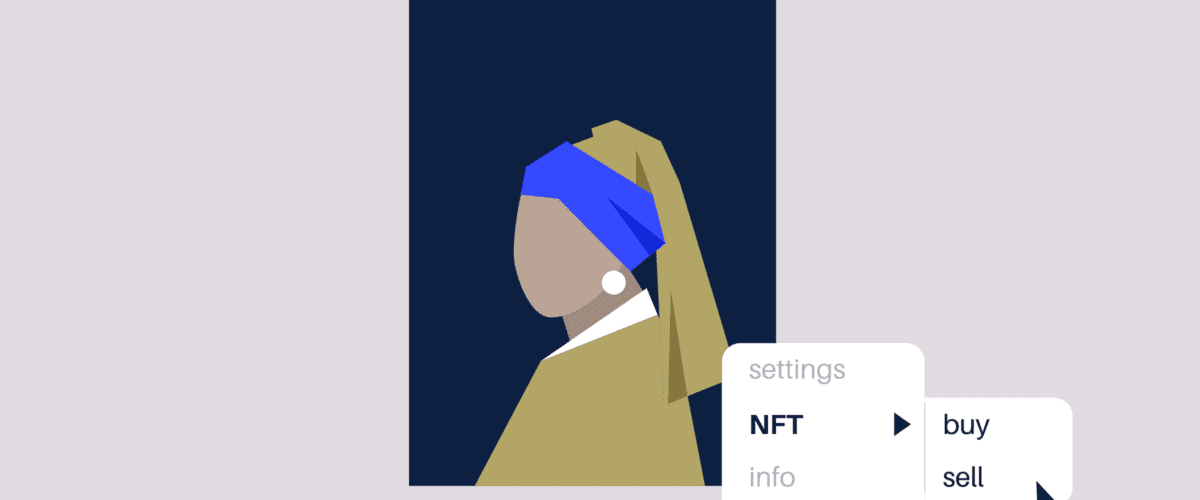
Since the first creation of NFT by Kevin McCoy and Anil Dash in 2014, it has been on a slow ride and has started receiving attention from the mainstream media in 2021. According to the recent reports in the Financial Times, until May 2022, there were about 360,000 NFT owners holding around $2.7 million in NFTs between them.
Many people are excited about the investment freedom it provides when compared to investing in physical artworks. Especially for digital artists who used to have a hard time showcasing their artworks, NFT websites like OpenSea are a huge opportunity for them to make money out of their creativity. Besides, the world has noticed that people are still willing to invest in artwork.
The mainstream media has echoed that a single NFT representation of a GIF from 2011 called Nyan Cat sold for nearly $600,000 in February; the first-ever twit on Twitter for over $2.9 million in March; and an NBA top shot video clip sold for more than $500 million in late March. However, Bloomberg has recently reported that, based on the industry’s data tracker, the average selling price of an NFT has declined to under $2,000, compared with an all-time high of almost $6,900 on January 2.
Future Concerns with NFT
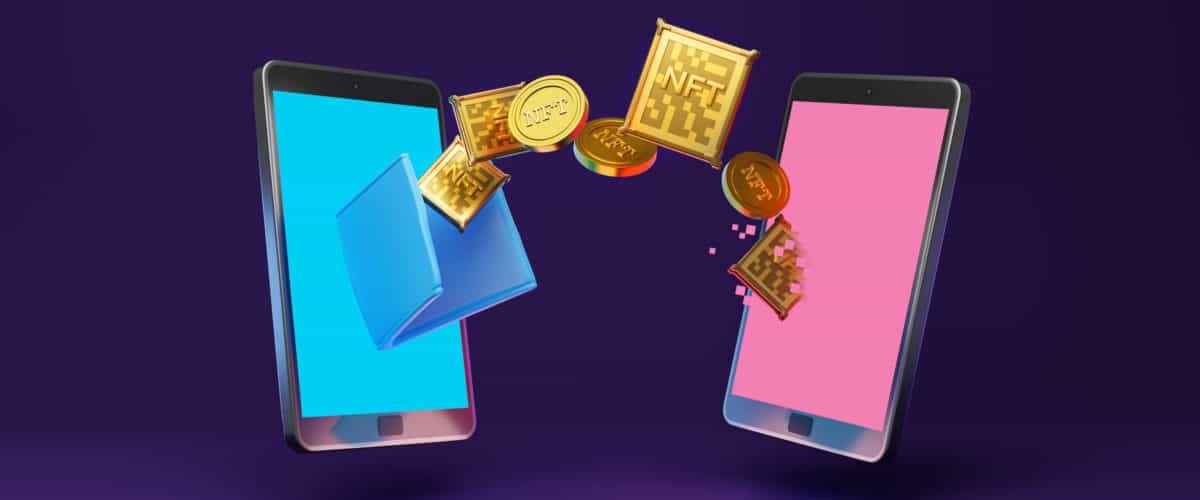
The current hype behind the NFT is believed to be due to its potential to change the way we view ownership, scarcity, and pricing. Besides, it has a promising potential to change how we buy products online. No one can be sure that the current hype we are witnessing around NFTs might continue forever. Also, there may be possibilities that the prices of NFTs might continue to decline. However, the technicality that the NFTs have been operating on will continue for many years to come. The simplicity it provides is something to be adopted in many other areas of marketing.
On top of that, NFTs have the potential to change the way we interact with digital assets. They created a new dimension of outlook that there are still a lot of opportunities in what is considered an asset. NFTs made it clear that something digital can also be an asset. Therefore, in the future, there is an opportunity to see more digital assets other than artworks. Who knows? There is always an infinite number of opportunities if the internet keeps allowing people to create and connect.
Photo: mechichi/Shutterstock
Wesley Cude from the UK’s leading NFT Agency, Cude Design said ‘While the mainstream media still see NFTs as artwork, behind the scenes we are witnessing many established companies looking to attach real-world utilities behind an NFT collection.
In a couple of years time, the NFT industry will look unrecognizable to what we understand what it is now.’
You might also like:
Passwordless Authentication: For Enhanced Simplicity and Security
Support us!
All your donations will be used to pay the magazine’s journalists and to support the ongoing costs of maintaining the site.
Share this post
Interested in co-operating with us?
We are open to co-operation from writers and businesses alike. You can reach us on our email at cooperations@youthtimemag.com/magazine@youthtimemag.com and we will get back to you as quick as we can.
